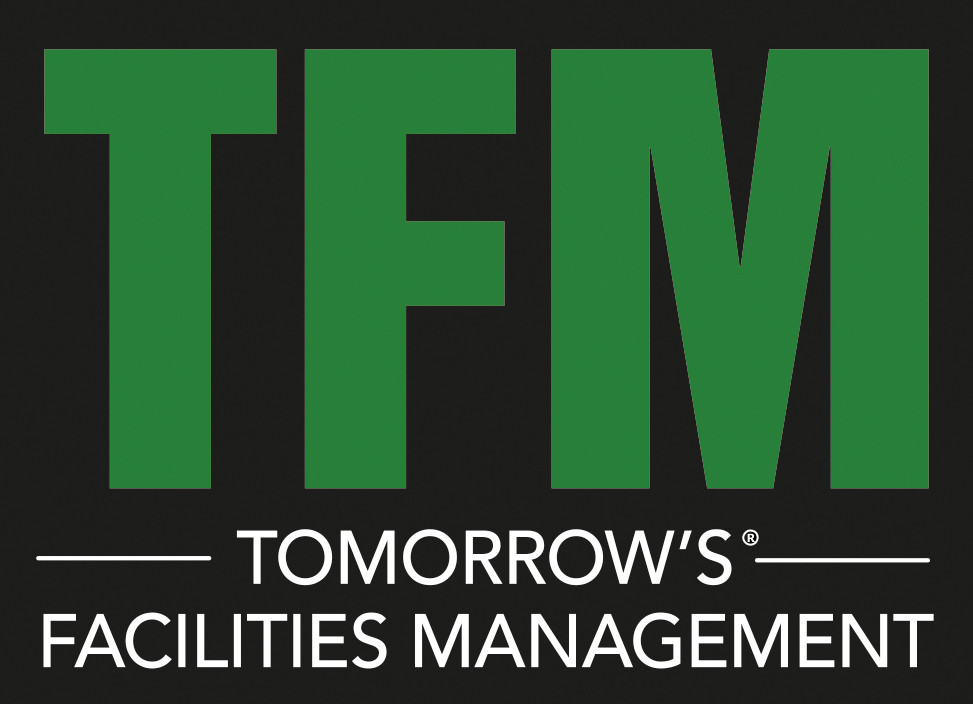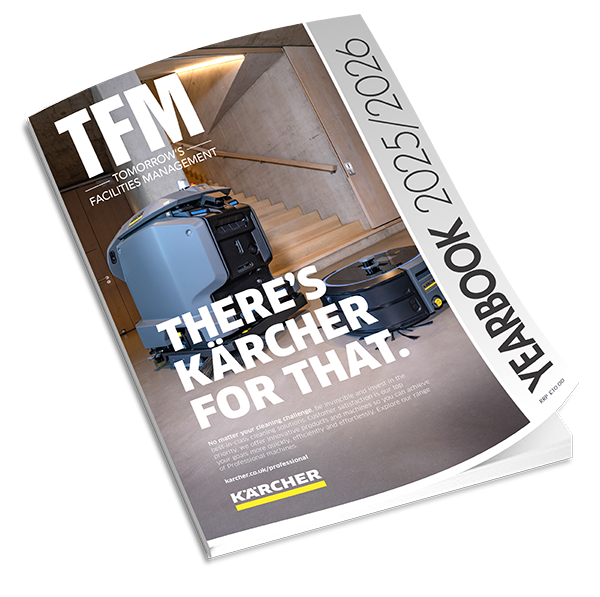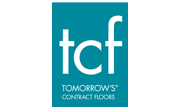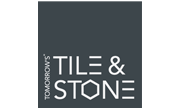- Home
- >
- New CIBSE publication tackles overheating in homes
New CIBSE publication tackles overheating in homes

New guidance published by the Chartered Institution of Building Services Engineers (CIBSE) aims to address the causes of overheating in homes, as the UK enters a summer that could be the hottest since 1976.
Addressing what the industry had identified as a gap in its knowledge, CIBSE have created the new Technical Memorandum 59: Design methodology for the assessment of overheating risk in homes (TM59) in order to set a standard by which overheating can be assessed using a consistent methodology.
The new TM59, available now as a free download and officially launched at University College London on 28th June, has created a common approach that will see the whole industry consistently apply the same methodology. This approach may be crucial in the years ahead, with the MET Office reporting that the eight warmest years in the UK since 1910 have occurred in the last 14.
Input assumptions regarding the occupancy profiles, internal gains, natural ventilation capabilities etc. in the design process will produce a wide variety of results and sometimes even mask the magnitude of overheating risk in some properties. TM59 aims to provide consistency across the industry as all consultants will now be using the same assumptions regarding the use of the properties when assessing overheating risk.
Dr Anastasia Mylona, Research Manager at CIBSE, said “CIBSE has created this methodology in response to growing concern in the construction industry that rising temperatures and a changing urban landscape are creating a generation of homes destined to overheat.
“By creating an industry-agreed standard methodology for assessing overheating, we aim to enable designers and engineers to work together to create buildings that are more resilient to hot weather events.”
TM59 draws upon existing guidance produced by CIBSE and others on various aspects of a building’s performance to give a prescriptive approach to modelling, which will allow the methodology to be consistently applied. It also includes reporting requirements to ensure that stakeholders understand the methodology’s impact on the design.
- ACQUISITION
- AIR CONDITIONING
- APPRENTICESHIP
- AWARD
- BIM
- BUSINESS
- CATERING
- CAFM
- CHARITY
- CLEANING
- COMMUNICATION
- CONSTRUCTION
- CONTRACT NEWS
- COUNCIL
- DATA MANAGEMENT
- DESIGN & INTERIORS
- DEVELOPMENT
- DISASTER RECOVERY
- DOCUMENT MANAGEMENT
- DRINK
- EDUCATION
- EFFICIENCY
- ELECTRICAL
- ENERGY MANAGEMENT
- ENTERPRISE
- EVENTS
- FACILITIES MANAGEMENT
- FINANCE
- FIRE SAFETY
- FLOORING
- FACILITIES MANAGEMENT NEWS
- FOOD
- FRONT OF HOUSE
- GROUNDS MAINTENANCE
- HEALTH AND SAFETY
- HEALTHCARE & HOSPITALS
- HOSPITALITY
- HOTELS
- HR
- HVAC
- INDUSTRY COMMENT
- INTEGRATION
- IT
- IWFM
- LANDSCAPE MAINTENANCE
- LEISURE
- LIGHTING
- LOGISTICS
- MAINTENANCE
- MECHANICAL
- PARTNERSHIP
- PEST CONTROL
- POWER
- PR
- PRODUCTS & SERVICES
- PROJECT MANAGEMENT
- PROPERTY
- QUALIFICATION
- RECYCLING
- REFURBISHMENT
- REGULATION
- RETAIL
- SECURITY
- SOCIAL HOUSING
- SUMMER MAINTENANCE
- SUSTAINABILITY
- TECHNOLOGY
- TENDERS
- TOTAL FACILITIES MANAGEMENT (TFM)
- TRANSPORT
- WASHROOM
- WASTE MANAGEMENT
- WELLBEING
- WINTER MAINTENANCE
- WORKPLACE
































